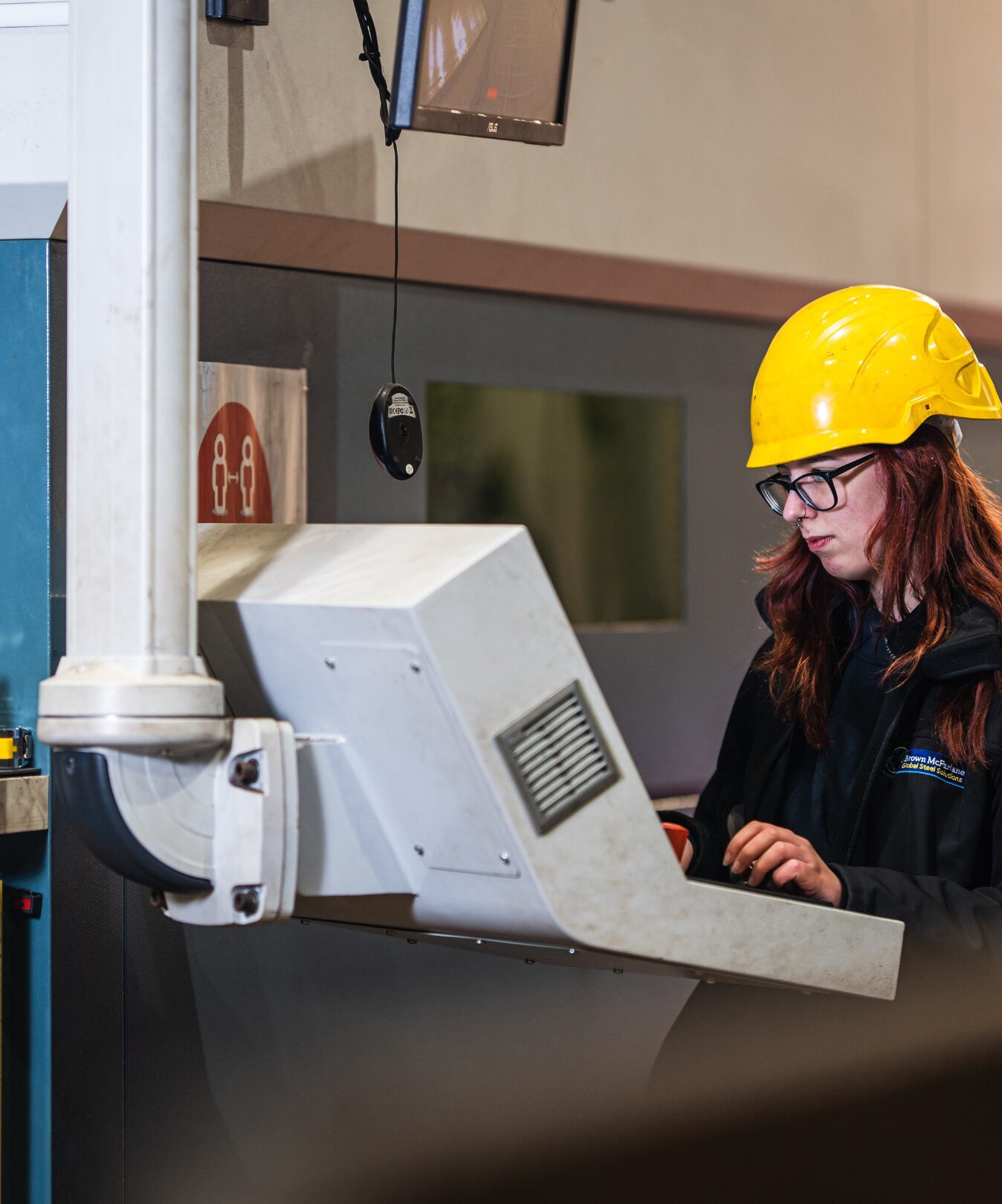
Most modern day machining practices are performed by computer numerical control (CNC). This is a process when computers are employed to control the position and functionality of the mills, lathes, grinders and other cutting machines. CNC machining controls a range of complex machinery, such as grinders, lathes, and turning mills, all of which are used to cut, shape, and create different parts and prototypes. There are many benefits to using CNC machining, as evidenced by this list of advantages below, CNC machining is used to complete complex projects that require a higher level of precision or very repetitive tasks.
- Increased precision over manual machining: CNC machines can perform highly precise and accurate operations with repeatable and consistent results, thanks to the use of computer software to control the movement of tools.
- Work pieces can be perfectly replicated over and over again: CNC machining allows for the exact replication of parts and components with a high degree of accuracy and consistency. Once a program is created and loaded into the CNC machine, the machine can replicate the same part or component repeatedly, ensuring that each copy is virtually identical to the original. This feature is particularly beneficial for mass production runs, where consistent quality and precision are essential.
- Ability to create complex shapes otherwise unachievable with manual machining: CNC machines can be programmed to produce a wide range of parts and components with different shapes, sizes, and complexities.
- Faster production rates: CNC machines can produce parts quickly and efficiently, reducing lead times and allowing for faster delivery times.
